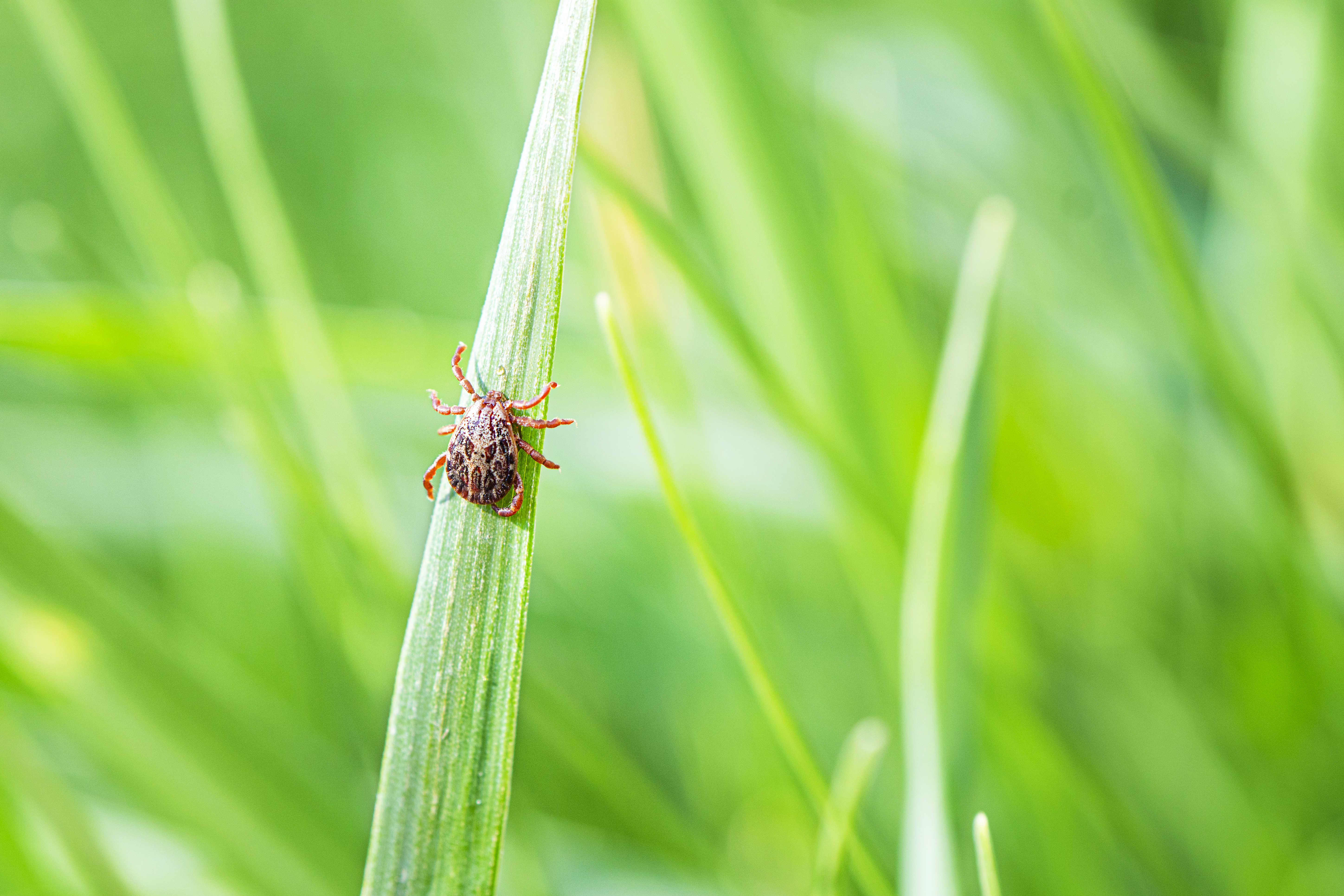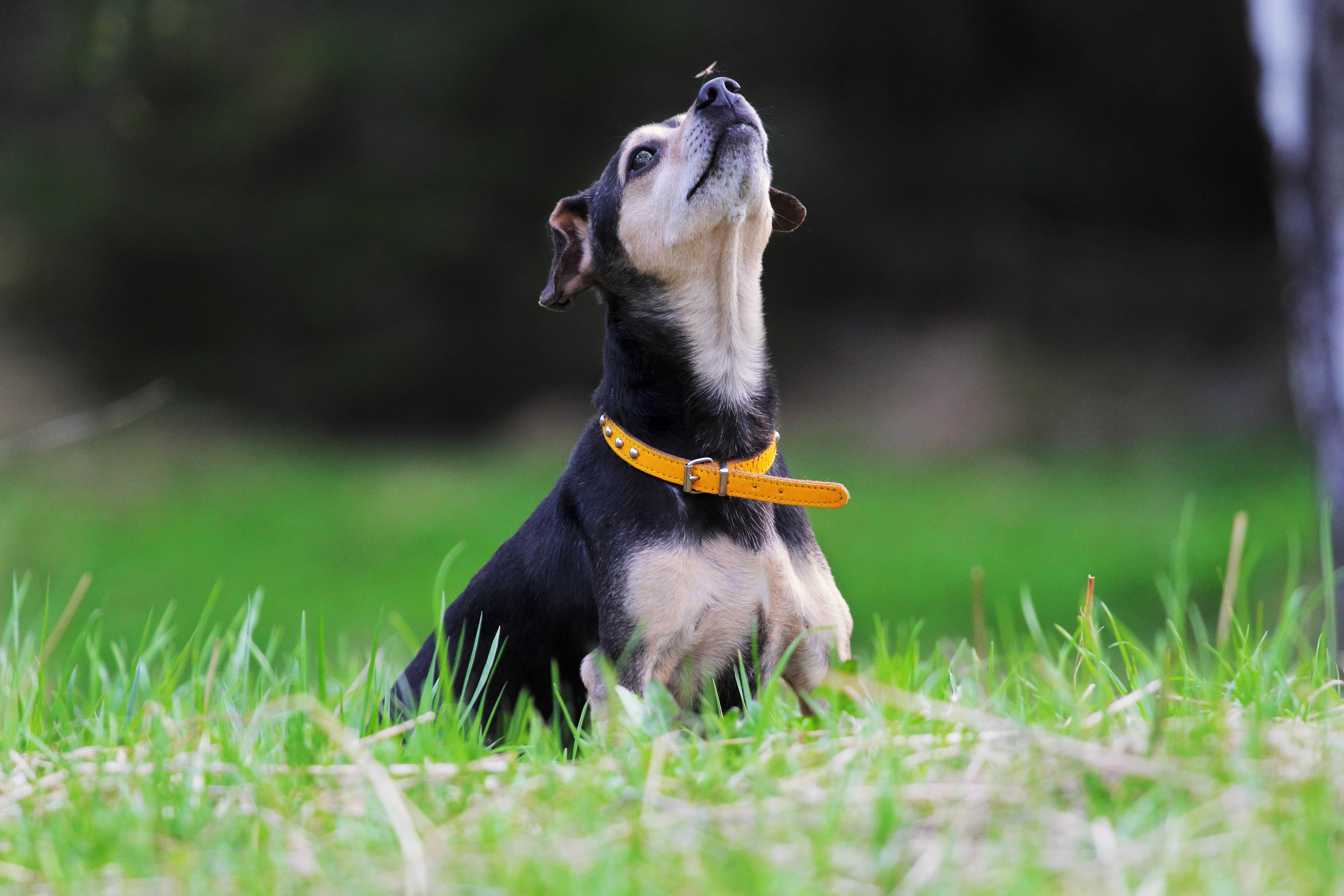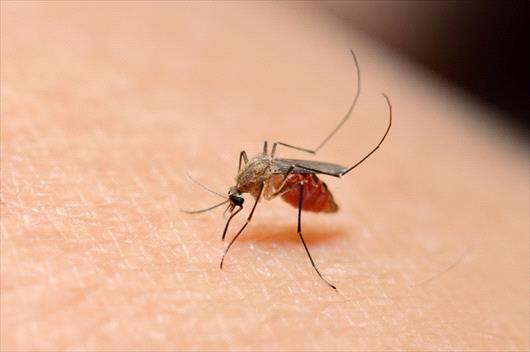Your Cart

“No Mow May” Might be Making Habitats for the Wrong Kinds of Insects
May 03, 2024
Here at Mosquito Hero, we strive to be a friend to pollinators, and we’re glad that you do too! Around this time of year, you may hear about a trending initiative called “No Mow May,” which is thought to provide food, habitats, and biodiversity for bees and other pollinators by letting our lawns grow long for the month of May. However, the reality is that letting your lawn and weeds grow long may not help the pollinators as much as we might hope. In fact, “No Mow May” is far more likely to attract unwanted insects and pests, including ticks, mosquitoes, and rodents. Pests Love Overgrown Grass When a lawn is left unkempt for an extended period, it becomes tall and dense. This provides an ideal habitat for rodents, such as the white-footed mouse and the deer mouse–both of which are known to move indoors and pose a serious health threat to humans and pets. A respiratory illness called Hantavirus Pulmonary Syndrome is caused by inhaling airborne particles of urine, droppings, or saliva from infected mice. Overgrown grass and weeds will also provide cover for ticks and mosquitoes. These parasites can carry diseases that are harmful to humans and animals, such as Lyme Disease, Zika Virus, and the West Nile Virus. When your lawn is not mowed or well maintained, it is the perfect host for these harmful insects. However, when your lawn is kept neat and mowed, it exposes pests to natural predators and harsh weather conditions, reducing their survival rates and lessening the health risks to you, your family, and your pets. Here’s the kicker. All that overgrown grass that attracts harmful pests to your property doesn’t actually seem to attract pollinators at all. Bees get their nutrition from pollen and nectar, which turfgrass cannot provide in adequate quantities, no matter how long the grass grows. In fact, bees often avoid grass pollen because of its low nutritional value. Common weeds that pop up in our lawns aren’t the best food sources either. Dandelions, for example, are not native to North America and lack the necessary amino acids that would provide a nutritious food source for native bees. This means that a month of grass and weed growth for the duration of “No Mow May” won’t really help our native pollinators thrive. You can make a bigger difference for pollinators by filling your gardens and flower beds with native plants that are known to support pollinators. You can even do double duty by planting varieties that repel mosquitoes too, like lavender and marigold.

Pollinators Don’t Love Overgrown Grass
And when it’s time to deal with those pesky pests, contact us! Find a Mosquito Hero near you, and get a free quote today!
 English (CANADA)
English (CANADA) English (USA)
English (USA)





